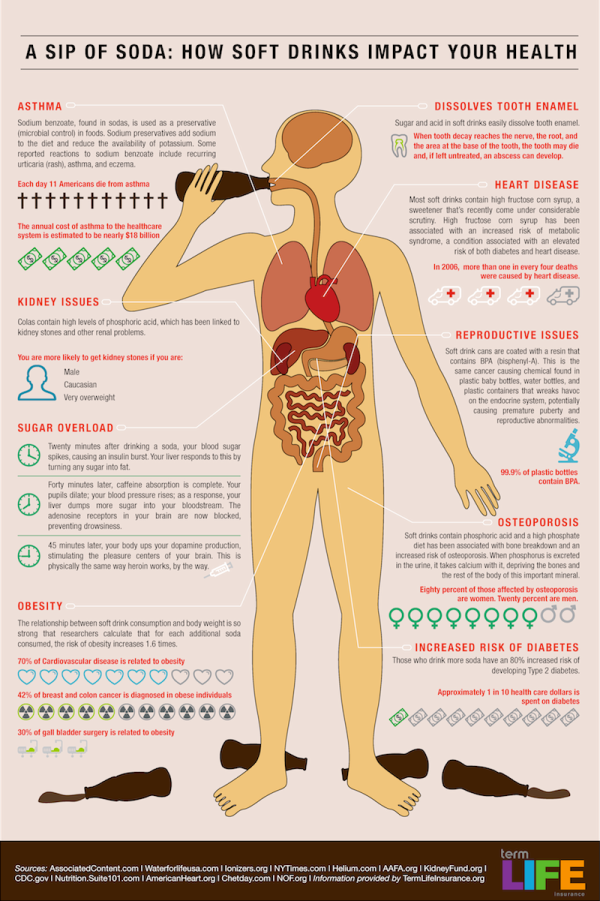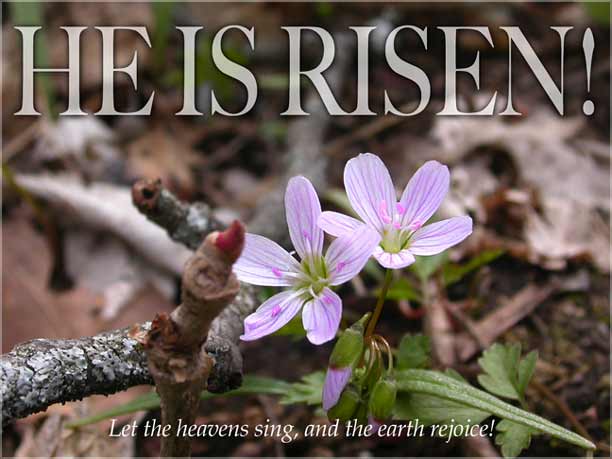 |
| Source |
There is a saying attributed to Albert Einstein: "Insanity: doing the same thing over and over and expecting different results." Isn't that what most of us do? Whenever someone is struck with cancer, I hear about the treatments and the fundraisers, with everyone shaking their heads about how awful it all is. Yet the very same people, even the victims, tend to continue life as usual. They spray pesticides and herbicides in their yards; they purchase toxic chemicals to clean their homes; they have their homes treated with chemicals to kill pests; they fill their swimming pools with chlorine and other chemicals; they use chemical cocktails called "air fresheners" in their homes; and they bleach and dye their hair and slather their bodies with dangerous products.
Why is there no discussion of prevention? This week I learned that a family member uses coffee "creamer." When I began reading the ingredients, I was amazed because many of the ingredients don't appear to be actual food products and those that are have been genetically manipulated. At the bottom of the list was the warning "contains milk," for those who are allergic or lactose intolerant. All l could think was, if you don't have a milk sensitivity issue, why not use real milk? or cream? or half-n-half? Looking at the prices at the grocery story, I saw that there isn't a significant price difference. However, instead of purchasing a natural product, they're ingesting chemicals that were not meant for human or animal consumption. And then they're surprised when our bodies break down from the unnatural treatment.
Is it just me, or is there something terribly amiss?





















